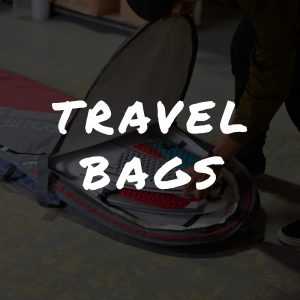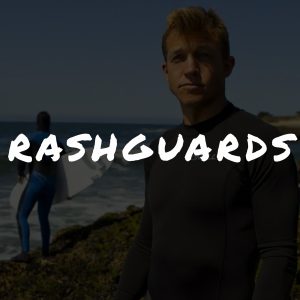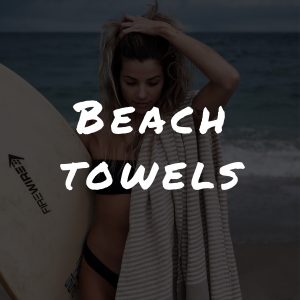The Essential Surf Travel Guide
The act of riding waves is inherently exploratory. Surfers enter into the vast unknown that is the open ocean, seeking a few seconds of thrill sliding across the water’s surface. But an adventurous spirit is rarely satisfied. Inquiring minds wonder what’s around the next corner, how the sandbar down the road is breaking. Eventually, we expand this search across the globe, traveling by way of land, sea, and air in the quest for the next best wave.
Like any seeker of new destinations, surfers require certain tools of the trade for travel. The idea of toting a surfboard across the globe can be daunting, not to mention all of the over provisions you will need for a successful trip. When it comes to globetrotting, practice makes perfect and there is no alternative to experience. This is why we’ve conferred with our resident experts to compile this surf travel guide.
A Solid Travel Bag
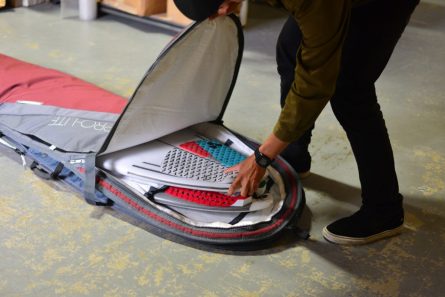 If you’re catching a flight in hopes of catching some waves, our top pick is the Pro-Lite Smuggler. Though oversize bag fees and regulations can vary from airline to airline, you can bet on this being a costly aspect of your trip. We love the Smuggler because it functions just like the name implies: you can smuggle away an extra surfboard using the bag’s false bottom. For airlines that charge per board or have a limit on how many surfboards you can travel with, this feature is a lifesaver.
If you’re catching a flight in hopes of catching some waves, our top pick is the Pro-Lite Smuggler. Though oversize bag fees and regulations can vary from airline to airline, you can bet on this being a costly aspect of your trip. We love the Smuggler because it functions just like the name implies: you can smuggle away an extra surfboard using the bag’s false bottom. For airlines that charge per board or have a limit on how many surfboards you can travel with, this feature is a lifesaver.
When traveling with surfboards, protecting your gear is a top priority. Afterall, what good is a broken board when the waves are firing? Our boardroom manager, resident surfboard expert, and all-around shredder Josh Richardson has some advice on the matter.
“Get something that is a little longer and a little bigger than you think you’ll need,” Richardson shares. “I always get at least a triple board boardbag, that way I have plenty of room. Even if I’m only taking two boards, the extra room for protection or clothes helps a ton. For the length, I like to go at least a few inches longer than the longest board I’ll possibly take. I use a 6’3 bag even if my biggest board is only 5’8 so I have extra room for clothes, wetsuits, and other gear.”
How Do I Pick and Pack a Bag?
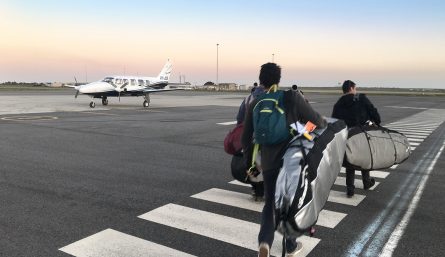 So now that you’ve picked out the perfect bag for your size stick, how do you protect your board? For most surfers, packing for a trip is more or less organized chaos. But proper padding and cushion is key to your board arriving at your destination safely.
So now that you’ve picked out the perfect bag for your size stick, how do you protect your board? For most surfers, packing for a trip is more or less organized chaos. But proper padding and cushion is key to your board arriving at your destination safely.
“Beach towels are a must on surf trips, so I’ll usually use those to pack along the rails of the boards for a little extra protection,” Richardson explains. “ One thing I always try to do is pack around the nose of the board that is on top in the bag. The nose always seems to stick up a little due to the rocker, so I’ll pack around with t-shirts or towels to try and make that point more level with the rest of the bag to hopefully save a snapped nose.”
While beach towels are great for padding your board, they can also had a lot of bulk to an already hefty bag. That’s why we love Sand Cloud towels, which are versatile, easy to pack, sand-resistant.
Once your boards arrive safely, you’re going to need to transport your gear to your final destination. Whether you’re renting a car or catching a ride from the airport, you will need a way to secure your board bag for travel. More often than not, rental cars are small in size, meaning you will be tossing your boards on the roof of the vehicle. Soft racks from Creatures of Leisure are easy to stow in your bag and will do the trick with tying surfboards to the top of just about any car.
In the unfortunate case that your boards do not arrive at your destination safely in one piece, having a ding kit on hand can get you out in the water. For repairs on the go, Dr. Falcone’s Ding ZAP! Emergency Ding Repair Kit will do the trick. This slim kit is easy to pack and has everything you need to patch boards of any construction until you can have your board professionally repaired.
Personal Travel Goods
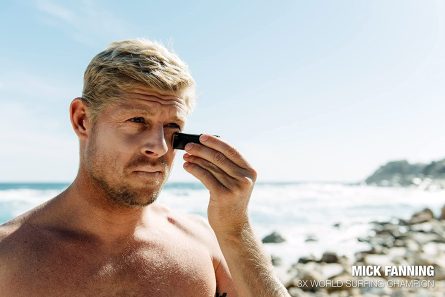 Now that you have your board protected, what about yourself? Marathon sessions, especially in tropical locations, can take a toll on you physically. Though we all love tepid waters and balmy sunshine, too much sun can spoil a surf trip. Our favorite sun protection comes from Vertra. Their face stick can be tossed in a backpack without fear of leakage, and is easy to apply on the go. All of Vertra’s sunscreens are reef safe, so you can protect the waters you are surfing while protecting your skin, too.
Now that you have your board protected, what about yourself? Marathon sessions, especially in tropical locations, can take a toll on you physically. Though we all love tepid waters and balmy sunshine, too much sun can spoil a surf trip. Our favorite sun protection comes from Vertra. Their face stick can be tossed in a backpack without fear of leakage, and is easy to apply on the go. All of Vertra’s sunscreens are reef safe, so you can protect the waters you are surfing while protecting your skin, too.
“If you’re going somewhere tropical, bring a rashguard,” Richardson warns. “Even if you never use rashguards, it hardly takes up any space. You’ll probably be spending more time than normal in the sun and a rashguard can save your trip.”
The point is, you can never have too much sun protection when traveling for surf. Having a hat, surf hat, and a set of affordable sunglasses will extend your time spent enjoying your trip.
Not only will your level of sun exposure be unfamiliar, so will the waters you’re venturing into. International waters are filled with bacteria and sea creatures unknown to your home break and can wreak havoc on your system. To avoid a nasty ear infection, our Creatures of Leisure Surfears block out wind and bacteria to keep you protected in foreign seas.
It’s also important to stay hydrated between surfs, which is why we recommend packing a reusable water bottle. Not only will you cut back on your single use plastic consumption and money spent in the airport, this will be a lifesaver on the plane.
What if I Don’t Want to Bring a Board?
If you aren’t in love with the idea of lugging your surfboard around the airport, or are too nervous to toss your board on a plane, renting is always an option. Researching businesses that offer rentals before your trip is key, so that you’re aware of availability. If your ideal board isn’t available, we recommend bringing along a set of fins or your favorite longboard fin if you’re a logger. Most rentals include a set of plastic stock fins, but a good set of fins can take a board from feeling okay to fun.
If you’re taking multiple sets of fins, a fin case can help keep your gear organized. While you’re at it, toss in a few extra fin keys. There’s nothing worse than getting ready for a surf and not being able to set up your board!
Adapt Your Surf Travel Guide
Even if you live in paradise, the compulsion to seek out new waves will grip every surfer at some point in their life. Setting out on your first surf trip can be an intimidating endeavor, so having the proper gear is key. Whether you’re bringing your own boards or renting upon your arrival, a little preparation will go a long way. Stopping in your local surf shop on the way out of town to pick up the essentials we’ve mentioned here will ensure even your first surf trip is epic!



